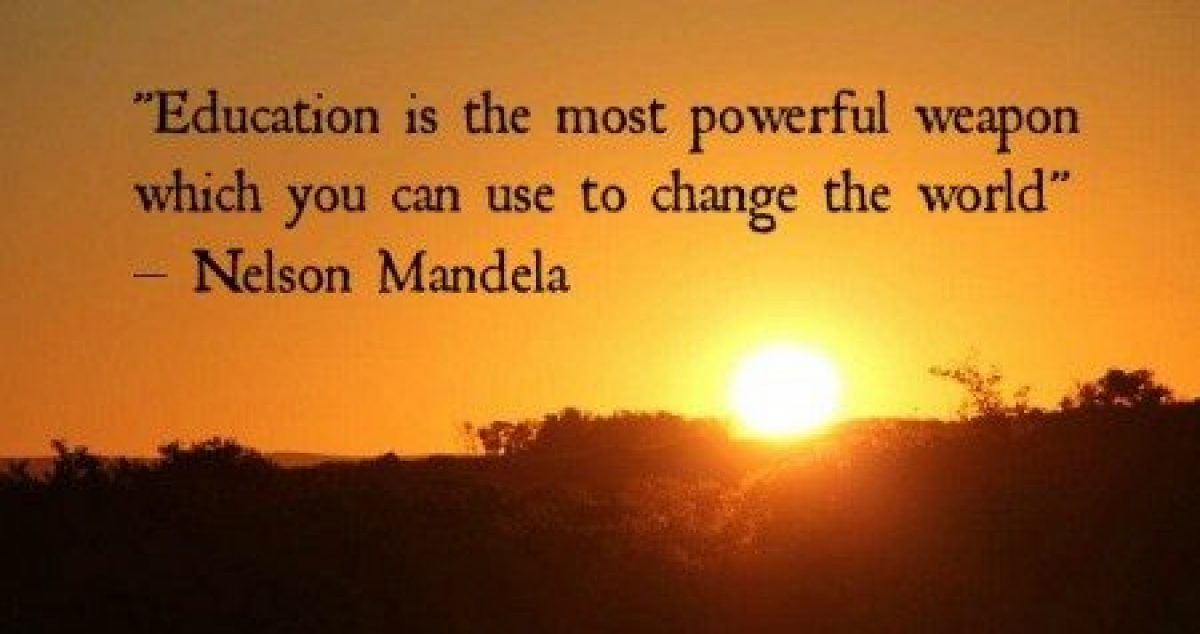This was our final week in the integrated arts module and unfortunately due to illness I wasn’t able to make it in.
However I though I would write a blog post on my thoughts and feelings about this module and the learning I have achieved.
Through participating in the Integrated Arts module my own confidence, self-esteem, respect and knowledge has increased for the expressive arts as a whole. Prior to this module I think I was quite close-minded towards the arts and never quite appreciated the importance and value of it in education. However, this module has completely changed my opinion of the Arts but in a positive way, it has shown me how the arts can allow children to express themselves in a creative and imaginative form. It has highlighted to me the various ways in which I could teach the arts in a classroom setting and has been an extremely useful asset so far in my placement and will continue to be in the new year.
I looked over some of the notes I missed from the final week. The class started with a lecture from Zara, dance specialist, who spoke about the importance of creative partnerships in education. This actually brought in ideas from our other module: Inter-Professional Working. It has further stressed to me how crucial inter-professional working is within education and plays a huge role for children being able to flourish in life and reach their full potential.
This module highlighted to me how much the arts is undervalued in education. From participating in this module it has shown me that as an aspiring teacher I want to open children’s minds and show them the value and importance of the arts on their learning experience. When teaching a subject like dance, music, drama or art you could bring in creative partnerships so that children can see the subject being taught by a specialist. This could help children gain and develop skills and knowledge that will help them in their life’s now and in the future.
In the workshop the sections got together to perform the dance routine we created the previous week. I was very disappointed that I wasn’t able to take part, but the video they recorded looked amazing and everyone seemed to have such a good time. Creating the dance was such an enjoyable experience and allowed me the opportunity to grow in confidence and develop and gain new skills and abilities in dance.
Prior to this module, I was very nervous and apprehensive as I have not always enjoyed the Arts. Reflecting on this, I think my negative view on Arts may be down to the negative school experience I had and being told that in art lessons my picture wasn’t of a good enough standard and not to pick the subject in the future. However, taking part in this module has shown me that creativity can be presented in so many different ways and forms and not one way is correct. I have thoroughly enjoyed this module and have had the opportunities to work within a team, embrace areas that are outwith my comfort zone and gain more knowledge and understanding of the subject as a whole.
I am going to finish this blog with a quote by Sir Ken Robinson (2006) which in my opinion sums up the whole point of why creativity and the expressive arts needs to be appreciated and valued more in education and it’s our job as future educators to make this change. “We are educating people out of their creative capacities…I believe this passionately, that we don’t grow into creativity, we grow out of it. Or rather, we get educated out of it”.
References:
Ted Talks, (2006). Do schools kill creativity? [Online] Available: https://www.ted.com/talks/ken_robinson_says_schools_kill_creativity/up-next [Accessed: 30th November 2017]














